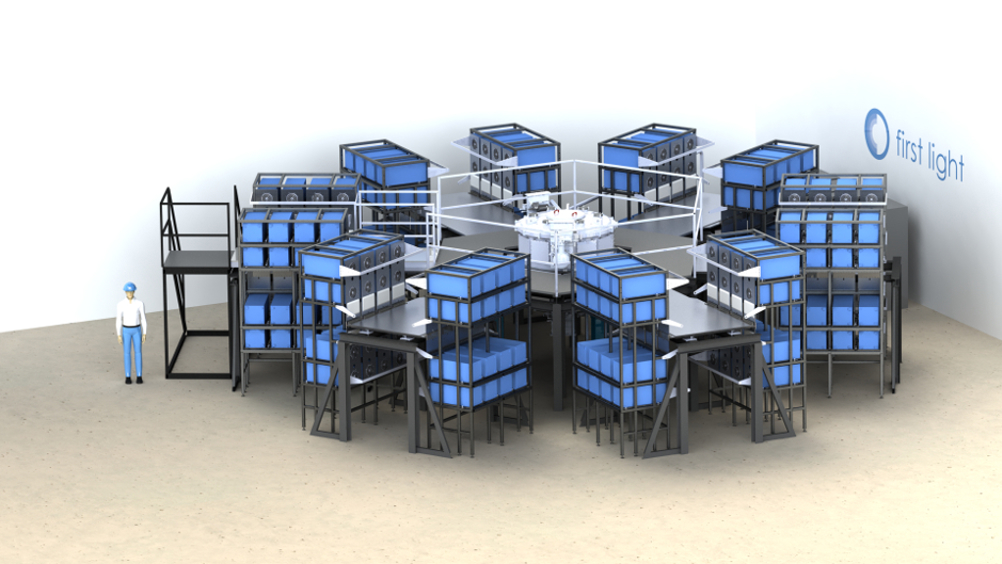Pulsed power machine aims to trigger fusion reaction for Oxford spin-out
A UK company is hoping to take a step towards generating low-cost, sustainable energy from fusion, with the installation of a pulsed power machine designed to trigger the reaction.


Fusion, the process that powers the Sun, involves fusing two lighter atomic nuclei to form a single heavier one, releasing huge amounts of energy in the process. It is seen as a potentially limitless source of cheap, carbon-free energy, since its main fuel is a heavy isotope of hydrogen called deuterium, contained in sea water.
However, despite decades of experiments around the world, no organisation has yet been able to produce a self-sustaining fusion reaction capable of generating more energy than it consumes.
Now Oxford-based First Light Fusion, which is investigating energy generation from a process known as inertial confinement fusion, is investing £3.6m in a machine designed to trigger a reaction at a much lower cost than existing technology.
Their approach is inspired by the pistol shrimp, which clicks its claw to produce a shockwave that stuns its prey – the only known example of inertial confinement found on Earth.
Register now to continue reading
Thanks for visiting The Engineer. You’ve now reached your monthly limit of news stories. Register for free to unlock unlimited access to all of our news coverage, as well as premium content including opinion, in-depth features and special reports.
Benefits of registering
-
In-depth insights and coverage of key emerging trends
-
Unrestricted access to special reports throughout the year
-
Daily technology news delivered straight to your inbox










National Gas receives funding to develop Gravitricity underground hydrogen storage system
One single rock salt mine - Winsford - has 23 <i>MILLION </i>cubic metres of void and even allowing for 10% of that void set aside for hazardous waste...